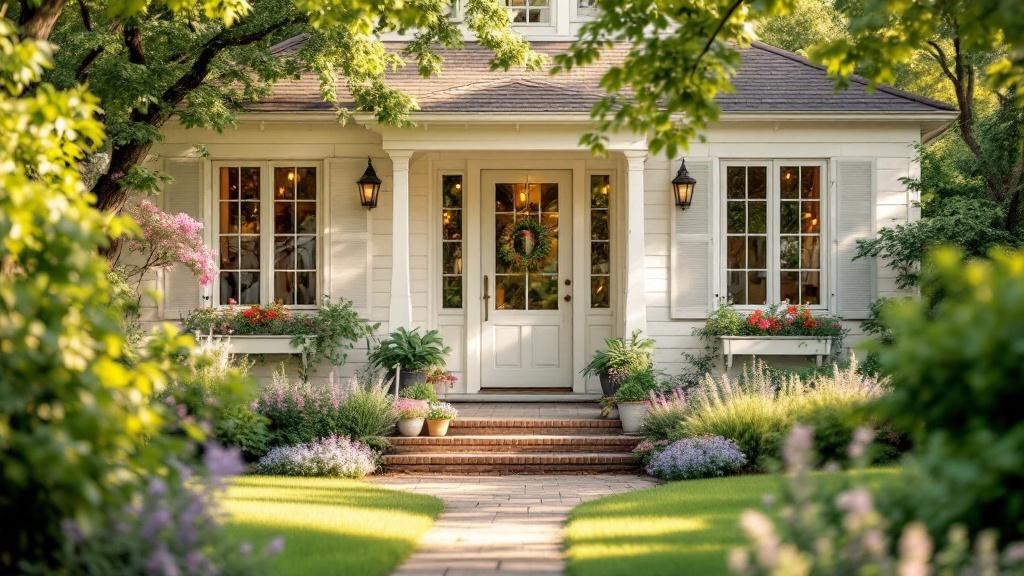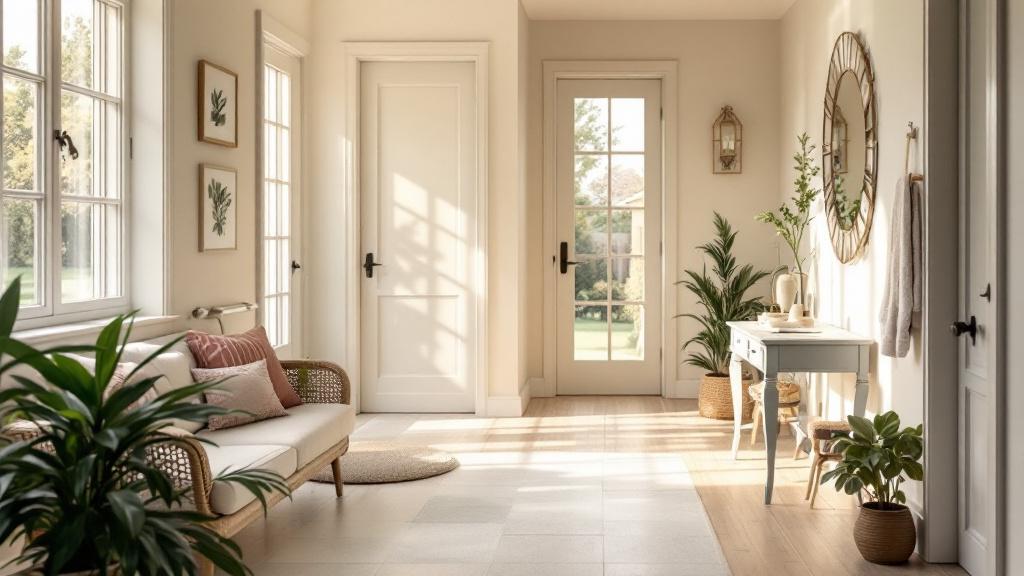The Role of Physical Activity in Nursing Home Care
Discover the role of physical activity in nursing home care and its impact on residents' wellbeing and health.
.jpg)
The Importance of Physical Activity in Nursing Home Care
Physical activity plays a crucial role in enhancing the quality of life for residents in nursing homes. Understanding its influence on overall wellbeing can lead to more effective care strategies and improved resident outcomes.

Impact of Physical Activity on Wellbeing
Engaging in regular physical activity can significantly influence various aspects of wellbeing for nursing home residents. Research demonstrates that even moderate exercise can lead to improvements in physical health, mental clarity, and social interaction.
The following table outlines the specific impacts of physical activity:
Addressing Common Misconceptions
There are several misconceptions surrounding physical activity for nursing home residents that can hinder program implementation. Addressing these misconceptions is essential for promoting participation and maximizing benefits.
By clarifying these misconceptions, nursing homes can foster an environment that encourages physical activity, leading to improved resident wellbeing.
Benefits of Physical Activity for Nursing Home Residents
Engaging in physical activity offers numerous advantages for nursing home residents. These benefits span across various aspects of health and social interaction. Below are the key benefits categorized into physical, mental, and social health.
Physical Health Benefits
Regular physical activity plays a crucial role in maintaining and improving the physical health of residents in nursing homes. It helps manage weight, improves mobility, and enhances overall fitness.
Mental Health Benefits
Physical activity does not only impact physical health; it significantly contributes to mental well-being as well. Engaging in regular exercise can foster emotional resilience and cognitive function.
Social Benefits
Participating in physical activities often involves group engagement, which fosters social interactions among residents. This social aspect is vital for combating loneliness and enhancing the quality of life.
The role of physical activity in nursing home care is paramount to fostering a holistic approach to wellness for residents. By recognizing and promoting these benefits, care providers can enhance the overall health and happiness of individuals in nursing homes.
Implementing Physical Activity Programs
Developing effective physical activity programs for nursing home residents requires careful consideration of their individual needs and capabilities. By tailoring these programs to fit various physical and cognitive levels, facilities can enhance the quality of life for the residents.
Tailoring Programs to Residents' Needs
Personalizing physical activity programs ensures that every resident can participate in a way that is safe and enjoyable. Several factors must be taken into account, including mobility, existing health conditions, and personal interests.
By using assessments to determine these factors, caregivers can create programs that maximize participation and enjoyment.
Incorporating Various Types of Physical Activities
Diversity in physical activities is essential for maintaining engagement among nursing home residents. A variety of activities can address different fitness levels, interests, and social interactions.
Implementing a well-rounded program that includes various types of physical activities helps to keep nursing home residents engaged, physically active, and socially connected. It is crucial to regularly assess the effectiveness of these programs, making adjustments as needed to meet the evolving needs of residents.
Overcoming Challenges
Despite the benefits of physical activity for nursing home residents, there are several challenges that can hinder the implementation of effective programs. Addressing these challenges is crucial for promoting the role of physical activity in nursing home care.
Addressing Mobility Limitations
Mobility limitations are common among nursing home residents and can significantly impact their ability to participate in physical activities. To address this, programs can be adapted to accommodate varying levels of mobility.
Dealing with Health Conditions
Many residents may have existing health conditions that could restrict their participation in physical activities. It is important to tailor activities based on individual health needs. Collaborating with healthcare professionals can help design safe and effective physical programs.
Encouraging Participation
Encouraging residents to engage in physical activities can be challenging. Various strategies can be employed to boost participation and interest.
By addressing mobility limitations, managing health conditions, and encouraging participation, nursing homes can create an environment that fosters physical activity among residents. These approaches contribute to maximizing the positive impacts of physical activity on residents' overall wellbeing.
Staff Involvement and Support
The success of physical activity programs in nursing homes relies significantly on the involvement and support of staff. Proper training and adequate resources are essential to ensure that staff can effectively promote and implement these activities for residents.
Training Staff on Physical Activity Programs
Training staff is crucial for fostering a culture of wellness within nursing home settings. Well-informed staff members can provide safe, engaging, and tailored physical activity programs for residents. Training should encompass the following key areas:
Regular workshops and refreshers can enhance knowledge and skills, keeping staff updated on best practices in physical activity and elder care.
Providing Resources and Support
Alongside training, providing the necessary resources and support is essential for staff to effectively implement physical activity programs. This includes:
By focusing on staff involvement and support, nursing homes can create an environment where physical activity becomes an integral part of residents' daily lives, leading to improved health and a better quality of life.
Success Stories and Research Findings
This section highlights the meaningful impact of physical activity on nursing home residents through real-life examples and scientific evidence.
Case Studies of Improved Wellbeing
Multiple case studies have shown significant improvements in the wellbeing of nursing home residents participating in physical activity programs. These real-world examples illustrate the potential benefits of incorporating exercise into daily routines.
Residents involved in these programs reported enhanced mood and vitality, illustrating the success of integrating physical activity into their care plans.
Scientific Studies on the Impact of Physical Activity
Extensive research supports the role of physical activity in enhancing the health and wellbeing of nursing home residents. Numerous studies have investigated various aspects of exercise and its effects.
These studies provide scientific backing for the integration of physical activity into nursing home care, demonstrating significant improvements in both physical and mental health outcomes. The evidence highlights the importance of ongoing efforts to promote exercise as a vital component of care for nursing home residents.
Sources
https://bmchealthservres.biomedcentral.com
https://www.havenhealthaz.com/role-of-exercise-in-elderly-health

How to Address Common Challenges in Caregiving Relationships

Addressing Caregiver Burnout with Respite Care

How to Create a Comfortable and Safe Home Environment for Caregiving

How to Create a Safe Environment for In-Home Care

How Home Team Supports Caregivers with Training and Resources

